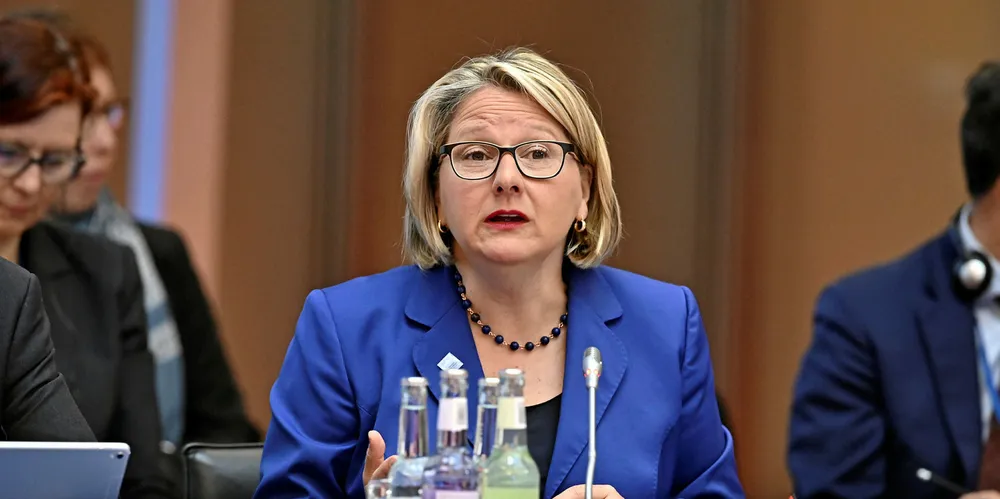Global clean energy volumes planned by 2030 plunge despite falling prices
A joint renewable energy investment study concludes that renewables is more cost-effective than ever before and should be prioritised in recovery packages

A joint renewable energy investment study concludes that renewables is more cost-effective than ever before and should be prioritised in recovery packages
